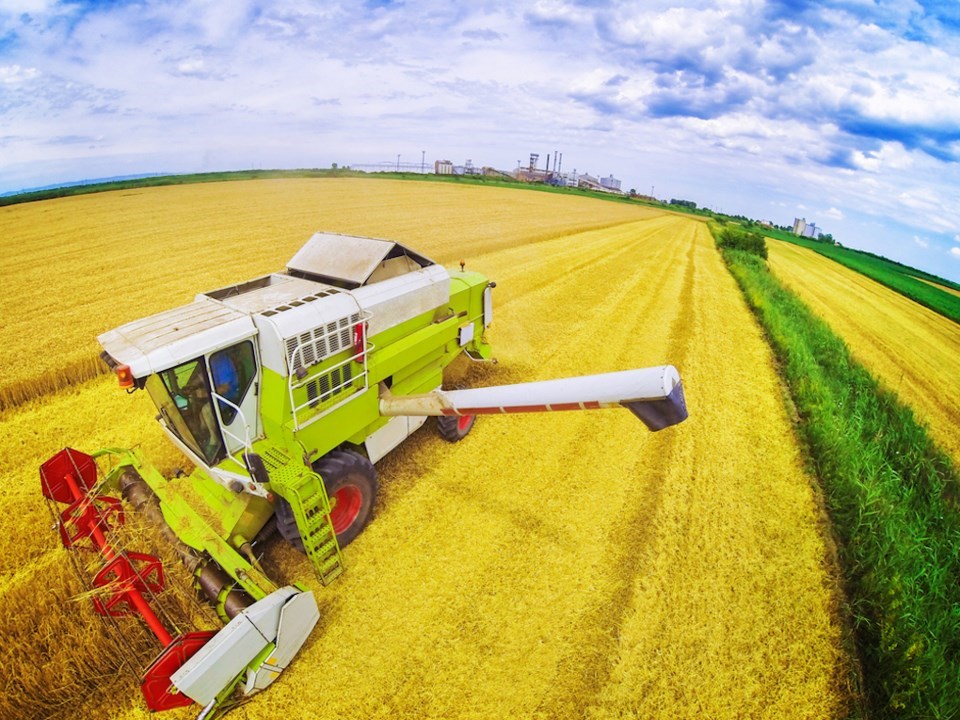Saskatchewan’s economy, particularly in the southeast area, will see a boom begin in 2023 led by resource industries, Weyburn Mayor Marcel Roy said in a year-end interview.
And major economic forecasts are backing him up.
After a visit to Agribition, the large beef trade show, in November, the mayor said he talked with other leaders in the province, many telling him that a robust industry sector is poised to drive the provincial economy into the new year and beyond.
“They had a real good point – industry drives Saskatchewan’s economy. In Western Canada especially, industry really drives and we’re seeing it here,” he said, noting Saskatchewan is strong for grain, cattle, oil, potash and uranium, to name a few of the commodities. “They’re all saying there’s money to be made.”
Mayor Roy was also happy his city’s budget process has been completed, including getting public input along the way.
With the budget done now, the administration will be drawing up requests for proposals (RFPs) for projects, and he expects the city will be in a good position at the front of the line to get contractors lined up for 2023.
In past years, he said, the city would wait for the province to come down with their budget so they would see what money they would have available, but then the contractors were usually booked up and Weyburn would be at the back of the line.
“[This year] we’re ready to go,” he added.
Meantime, Roy said he thinks the province is entering a 10-year boom time that hasn’t been seen for a while here.
“The rest of the country might be falling apart, but because industry drives things, we are going to see a boom like we’ve never seen before,” said the mayor.
Mayor Roy is not alone.
Strong commodity prices have fuelled strong interest in Saskatchewan farmland and put the province at the top of the charts in terms of value growth, according to Farm Credit Canada (FCC).
The province led the West with an increase of 8.4 per cent in the first six months of 2022, according to FCC, which released its mid-year farmland values report Oct. 4. This compared to a national average gain of 8.1 per cent.
The growth was acceleration from the last half of 2021 as commodity prices increased on global supply concerns driven by the war in Ukraine. During the 12 months ended June 30, Saskatchewan farmland values increased 14.9 per cent. This compared to a national increase of 13.1 per cent.
“Strong farm cash receipts, buoyed by robust commodity prices, have managed to quell some of the profitability challenges from higher interest rates and farm input costs,” said J.P. Gervais, chief economist with FCC. This healthy farmland market is a good indication there is confidence and optimism in the future of the industry among producers.”
Meanwhile, the Conference Board of Canada forecasts that significant growth in the natural resource sectors will push Saskatchewan’s real GDP growth to 7.6 per cent in 2022 and 4.1 per cent in 2023.



